The Resurgence of the Souscription Watch
In the luxury watch world, the “souscription model” is a fancy way of saying “you pay a deposit and wait.” For new and growing brands, it makes sense–watchmakers often put massive amounts of labor into each watch, so it can be hard to reach the final production stages without a capital injection. Abraham-Louis Breguet pioneered the paradigm in the late 1700s, and now it’s going through a resurgence. Let’s go over some notable names that have dabbled in the souscription watch model in modern times.

The Inventors of the Souscription Watch Model: Breguet
Abraham-Louis Breguet’s original souscription watch was significant both mechanically and commercially. Launched in 1796, this pocket watch was offered under a then-novel “subscription” system, meaning Breguet required customers to pay a quarter of the price upfront, with the remainder paid upon delivery. Breguet could thus avoid going into debt when purchasing supplies, and making hundreds of the same watch allowed for increased efficiency and a more approachable price point (meaning not just for aristocrats). The simple one-hand design kept costs down as well.
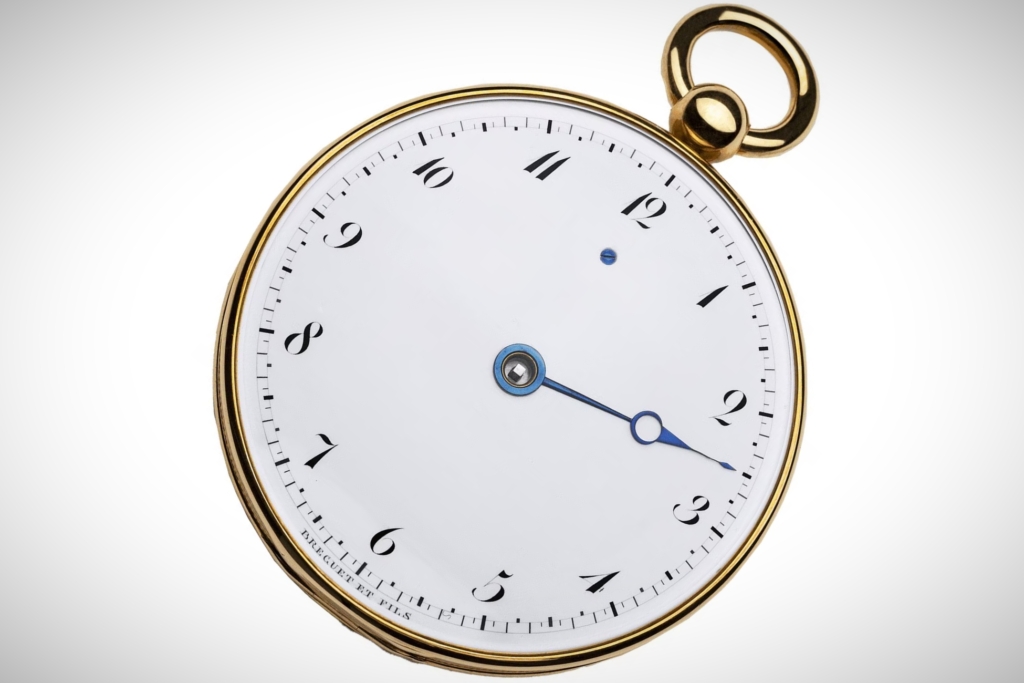
The first Breguet souscription watch featured a large 61mm case, a dial marked in five-minute increments, a simple but precise movement with a central mainspring barrel, and innovations like a ruby cylinder escapement and shock protection. In total, about 700 pieces were made, in either gold or silver cases. These souscription watches proved remarkably successful, both expanding Breguet’s client base and establishing a business model for future serial production in luxury watchmaking.
Nearly two centuries later, in 1991, Breguet (then owned by Investcorp) invoked this historical legacy with a special limited edition release called the “Souscription Set.” This commemorative release comprised two impressive gold pieces—a minute-repeating, perpetual calendar wristwatch and a self-winding pocket watch—but it wasn’t actually sold via the souscription model. 300 sets were produced. One of the 2025 Breguet releases, however, is a true souscription watch, requiring one-fourth of the $53,600 list price upfront.

The 38mm case of the Breguet Classique Souscription 2025 is made from a proprietary gold alloy known as “Breguet Gold.” It’s not a limited edition, so if you pay your $13,400 they’ll happily start making you one. Personally I’d probably take that deposit and straight-up buy a pre-owned Breguet Classique 7147 model instead, but the latest Souscription is definitely a nice watch.
More on Breguet:
| ➢ | 2025 Breguet Watch Releases |
| ➢ | Breguet Serial Numbers Explained |
| ➢ | The Ultimate Breguet Watch Price Guide |

F.P. Journe
Arguably the most talked-about use of the souscription model in the modern watchmaking era came from F.P. Journe in 1999, who would become one of the most successful independent watchmakers of our time. Journe took deposits from 20 patrons and later delivered a Tourbillon Souverain Souscription to each one. Every one of these 38mm platinum masterpieces contains a remontoir d’égalité (a very complex mechanism that ensures power from the mainspring is always delivered evenly regardless of power reserve) and is worth somewhere around $1.5 million today.

You may have heard that the very first wristwatch François-Paul Journe ever sold (and only the second he had ever made) later became one of the most expensive watches in the world when it went for over $8.3 million at auction in 2024. That actually was a rare pre-souscription model, but souscription watches definitely helped solidify Journe’s successful trajectory.
Journe would go on to release four more watches using the souscription model in the early 2000s, with priority given to the same 20 original patrons: Chronomètre à Résonance Souscription, Octa Réserve de Marche Souscription, Octa Chronographe Souscription, and Octa Calendrier Souscription.
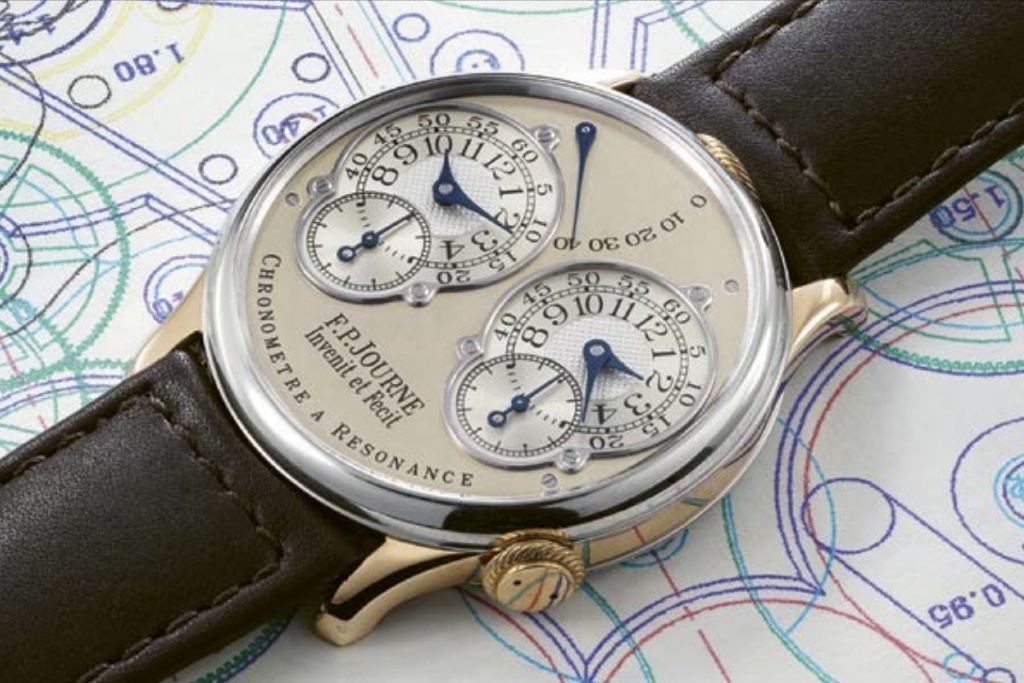
Daniel Roth
Daniel Roth, like François-Paul Journe, has been massively influential in the world of independent luxury watchmaking. Roth is largely credited with reviving the modern Breguet brand and reigniting interest in guilloche dials, and ultimately he launched his own company in 1988 by creating (technically) a souscription watch. But all 25 examples of the Tourbillon Double Face, ref. 2187/C187, were pre-ordered by the famous London retailer Asprey, rather than individual enthusiastic patrons.
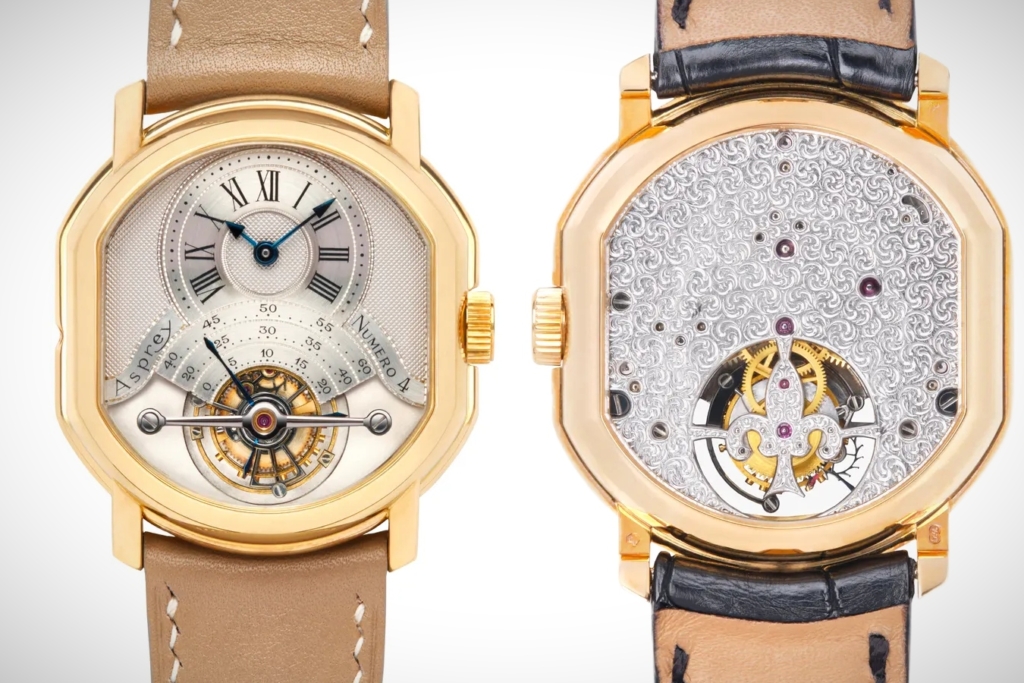
Today the Daniel Roth brand is owned by the biggest luxury conglomerate in the world, LVMH. So when new Roth watches were launched under the souscription model in 2023 and 2025, I have to assume it was more for tradition/marketing reasons than cashflow.
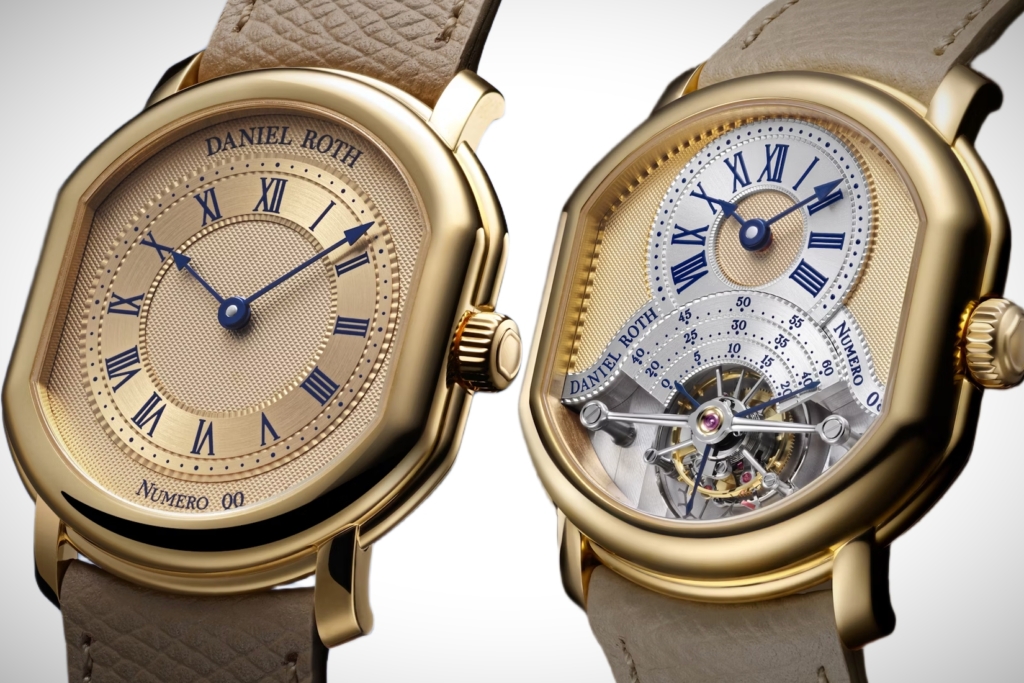
The 2023 Daniel Roth Tourbillon Souscription is an homage to the watch that started it all, while the 2025 Extra Plat Souscription is a very simple (and slim) two-hand time-only model. Both have gorgeous hand-turned hobnail (Clous de Paris) dials, and the double-ellipse case shape the brand is known for. True market price of the Extra Plat is probably about $40,000 while the Tourbillon is in the $100,000 ballpark.
When a Souscription Watch is Like a “Sneaker Drop”: MING
Malaysian indie brand MING largely pioneered the use of a “specific time-based” pre-order paradigm for new watch launches. With pre-set quantities of watches to sell, each “drop” begins at a set time and ends when the watches are all spoken for. But MING’s distinctive aesthetic quickly gained them cult-favorite status in the $3,000 watch realm, causing demand to often exceed supply.
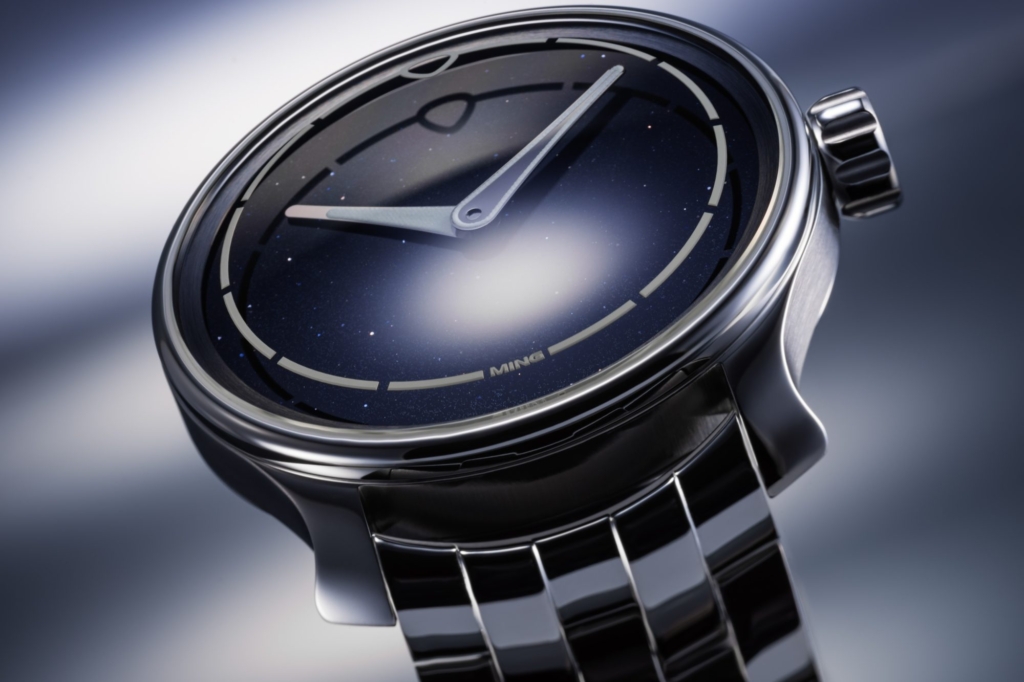
As MING’s popularity grew, so did secondhand premiums for their watches–and frustration among those left out. In April 2021, for instance, both batches of 300 MING 17.09 watches sold out within mere minutes, frustrating many collectors. MING has continued using the souscription model for many releases while also aiming to keep some core ready-to-ship models (like the 37.02 Minimalist) in stock. Sales model aside, MING has managed to remain one of the more interesting four-figure watch brands out there–and they now dabble in the $20,000 range too.
Kurono
While the souscription watch model is typically a financial tool of upscale watchmakers, the Kurono brand (most offerings under $1,500) is one of several relatively affordable brands now using a MING-like prepayment-at-a-specific-time paradigm. But they made one key change: Although you have to place your order during a specific pre-announced 10-minute window on a certain day, for most releases, everyone who places an order will get one–it’s just a question of how long you’ll wait.
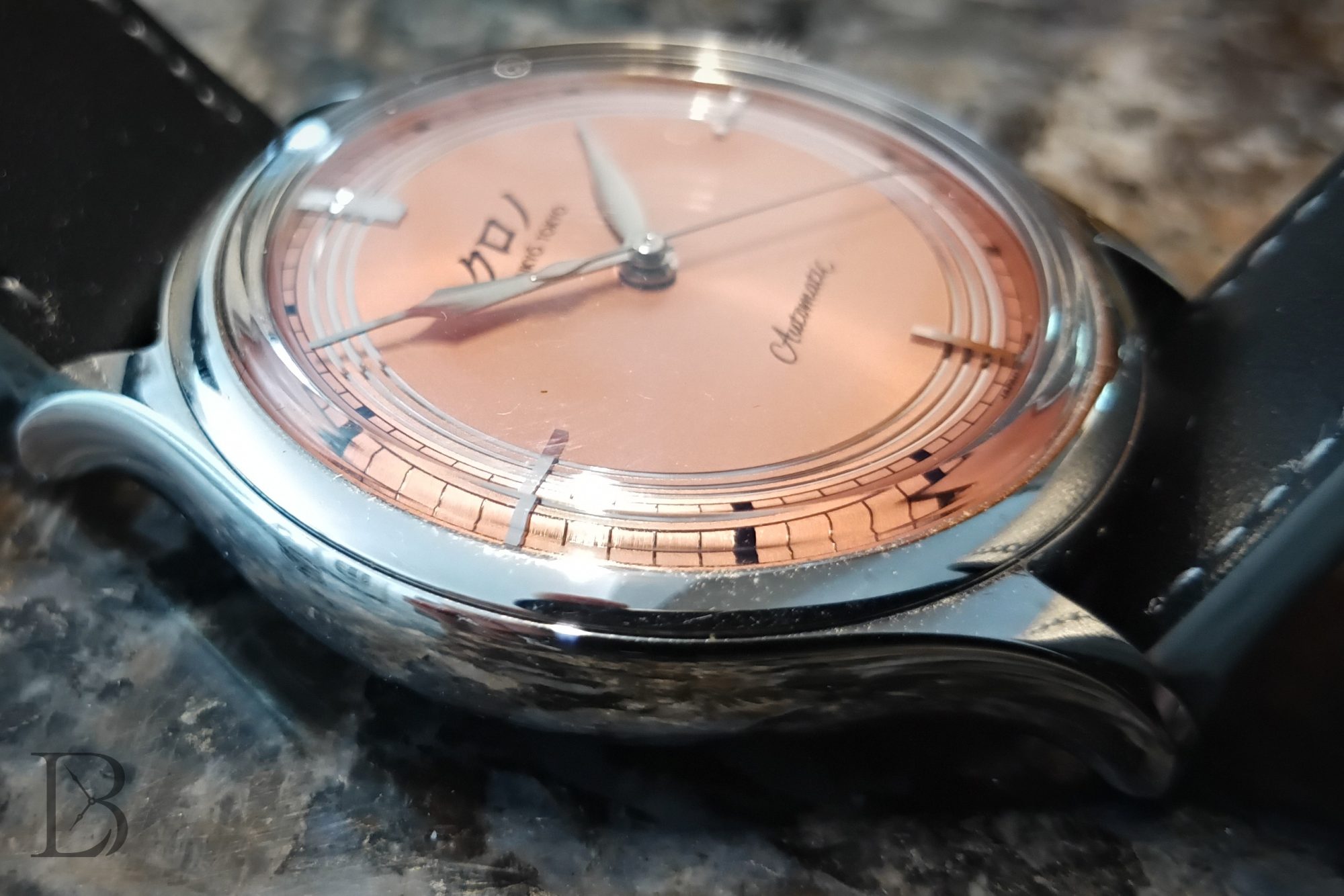
Kurono first started doing this time-limited souscription watch model for their 2021 Toki release, because their founder Hajime Asaoka (who also makes ultra-upscale watches under his own name) noticed Kurono watches being “flipped” for far more than their original retail price. He wanted to offer true enthusiasts a chance to own one at a reasonable cost, and this sales model seems to work well for them.
Liudas Norkas
While brands like Kurono and MING continue to do time-window-limited souscription watch releases, others use a more informal word-of-mouth approach. Young independent watchmaker Liudas Norkas, born in Lithuania and operating in the UK, is one example. All 200 slots for the inaugural Liudas Norkas LN1 Regulator model were filled within 24 hours of opening the list. The unique look of the watch essentially helped it go “micro-viral” among watch nerds.

Prepayments allowed Norkas to purchase hundreds of Seagull movements and custom parts, and now every month or so he posts progress updates in a WhatsApp group of his customers. It reminds me of a cryptocurrency group chat (but better). It feels like a very modern take on the souscription watch.
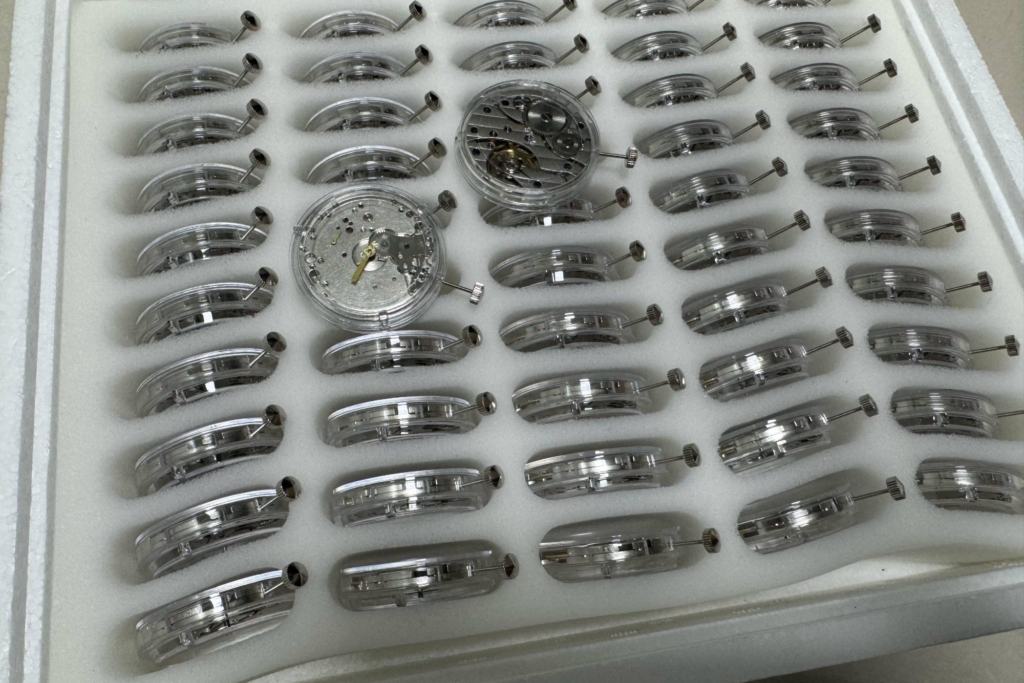
While the world is saturated with what I call “dropdown menu microbrands”–upstart watch brands that do little more than choose colors and configurations from AliExpress suppliers–I wouldn’t be surprised to see more watchmaker-centric low-four-figure indie watch brands take a similar path as Liudas Norkas. His work certainly appears to be a step up from what you would see from most “Kickstarter watch brands.” But I should mention those too.
For an Affordable Take on the Souscription Watch: Kickstarter Brands
Kickstarter-funded “microbrands” really started to gain steam in the mid-2010s. While the traditional souscription watch model only requires a partial deposit, for Kickstarter projects you pay entirely upfront (though you’ll get a refund if the project doesn’t get enough backers). This has launched several success stories in the three-figure price range, like Brew, Baltic, Farr and Swift, and Xeric. Studio Underd0g is perhaps the most successful example of all, having grown into a company with four-figure offerings and a self-operated pre-sale format.
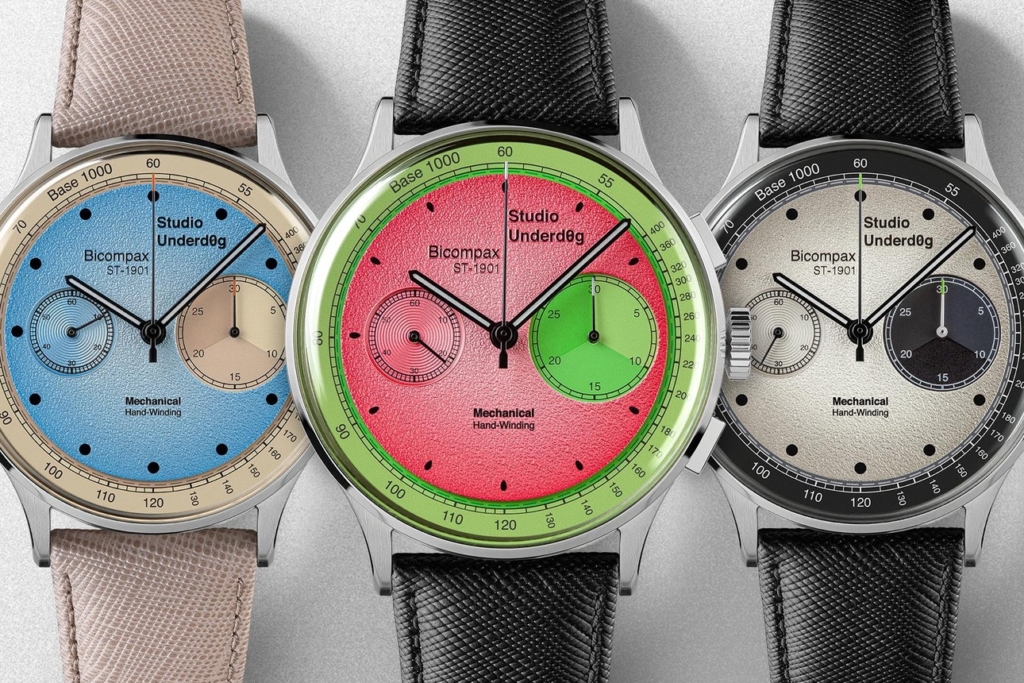
The modern reborn version of Ikepod is another example of a watch company that parlayed a Kickstarter project into “true standalone brand” status. While they still offer three-figure quartz watches, they also offer titanium Swiss-made automatic watches costing several thousand dollars.
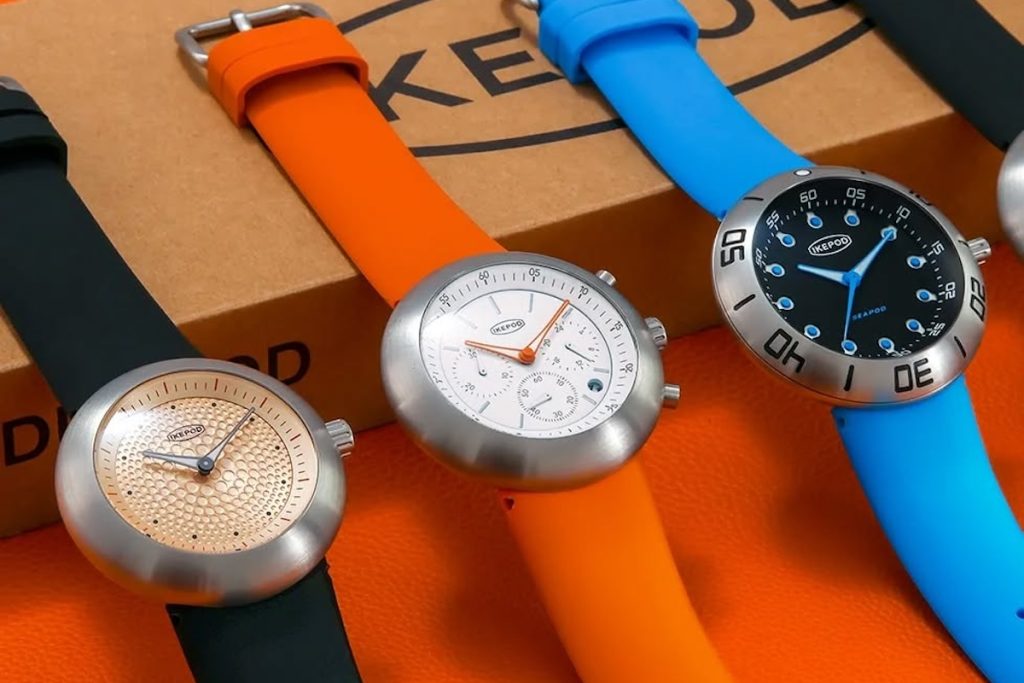
Kickstarter is great for under-$1,000 brands but there’s typically a ceiling that customers are willing to pay there. Kickstarter doesn’t even allow items over $10,000, plus they take 5% of the total, so it makes sense for upscale brands to move away from Kickstarter. But Kickstarter definitely deserves some credit for effectively popularizing an affordable version of the souscription watch.
Rémy Cools
Back at the higher end of the price spectrum, Rémy Cools is a young independent French watchmaker whose rise has been closely tied to the souscription model. Cools launched his first commercially available model, the Tourbillon Souscription, in 2020. Only nine were made, each priced at €85,000 and requiring an up-front down payment.
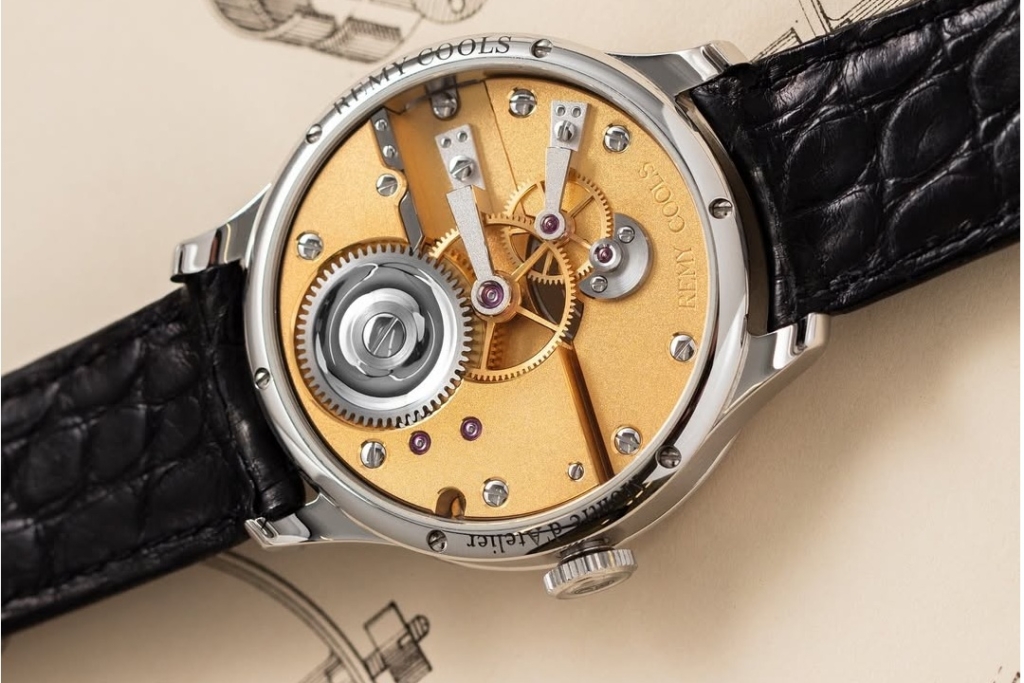
After his initial success, Cools followed up with the Tourbillon Atelier, another limited-release souscription watch. Featuring a fully re-engineered mechanical caliber developed from scratch, a platinum case, a solid gold dial, and an impeccably finished tourbillon, it comes with a price tag of €159,000. This watch won the horological revelation prize at GPHG 2024.
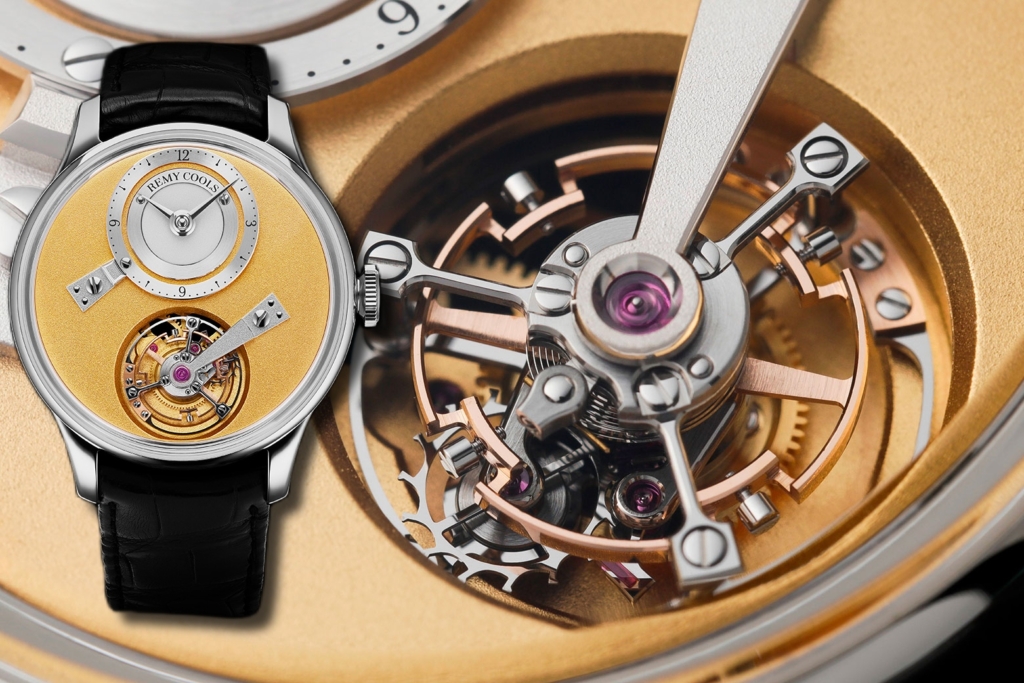
Cools’ watches are entirely hand-finished in his Annecy workshop, emphasizing traditional horological techniques like elaborate anglage and black polishing. Cools does almost all of the work himself, keeping output minuscule (roughly one watch per month) and exclusivity high (expect a multi-year wait for any allocation).
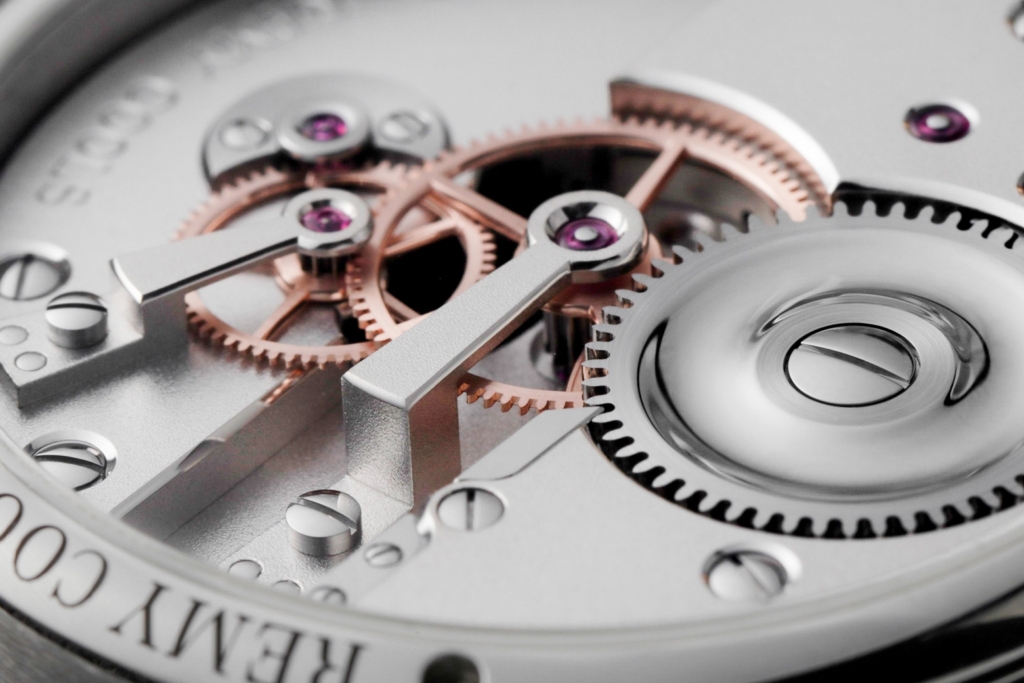
The souscription watch model today isn’t just about providing cashflow (which is part of it) but also about validating a concept and gauging the interest level. And there are no signs of it going away anytime soon.


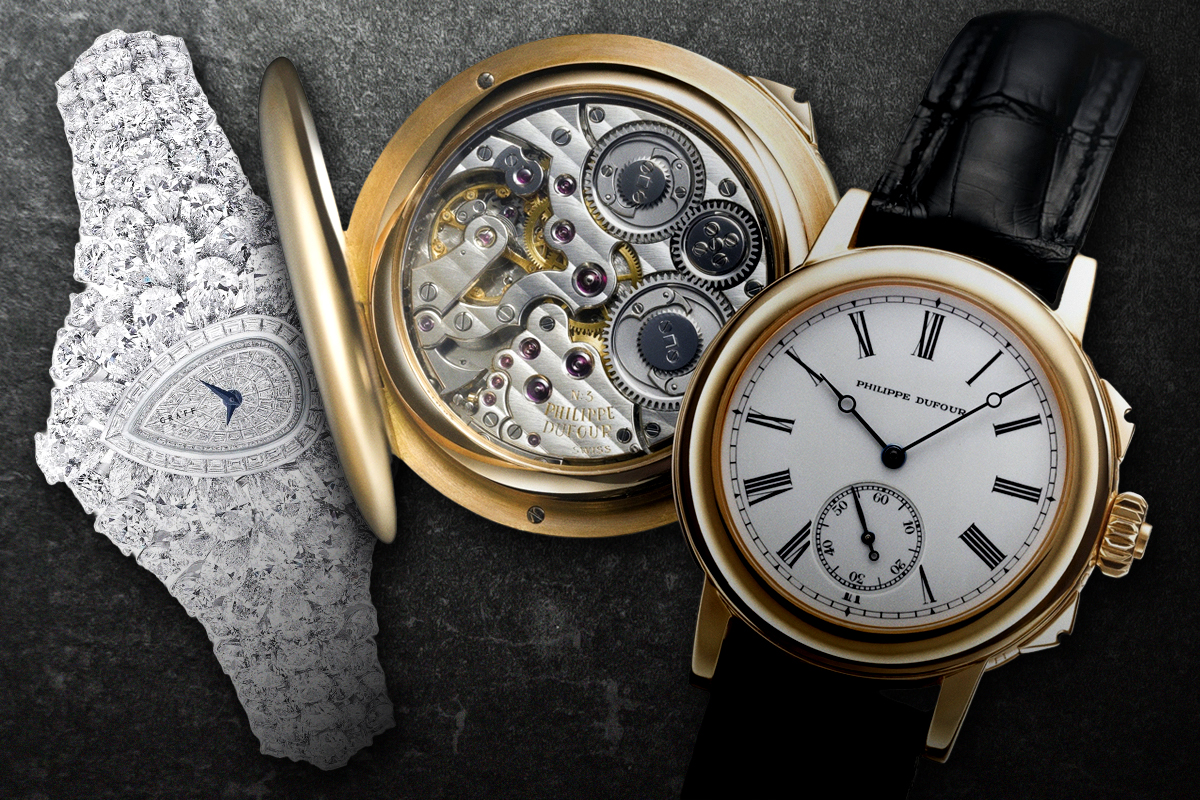



Leave a Reply